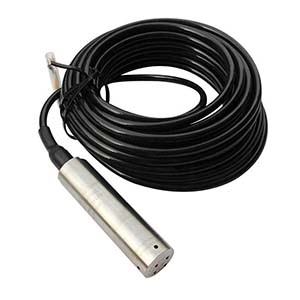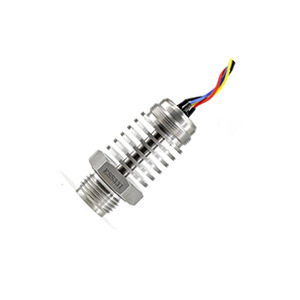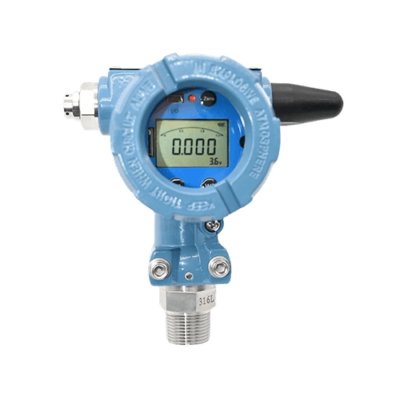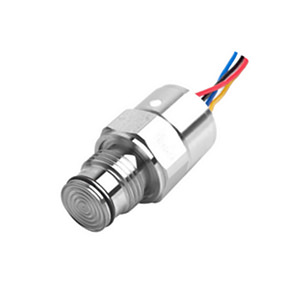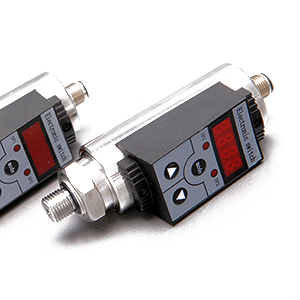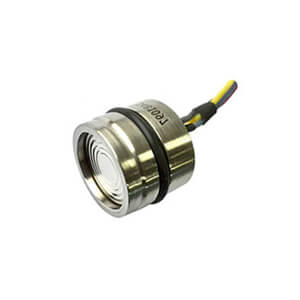Numerous medical devices now depend upon steady and precise pressure measurements so as to run dependably. What’s further, patient care is broadening beyond the gp and the healthcare facility’s surgical treatment and getting here in patients’ houses, such as house health tracking.Because of this, establishing with medical pressure sensor has actually ended up being an important aspect of developing medical applications.
Listed below, we check out below different uses of medial pressure sensor in healthy keeping innovation.
Getting the mix right in medical ventilators.
A ventilator works by blending air with pure oxygen to assist the respiratory function of a patient. Differential or gauge pressure sensors are usually sited in between regulators and valves to make sure the air and oxygen are mixed in the best amounts. In this type of application, little surface-mount sensors are perfect; they will generally be defined for a pressure range of 5in or 2in H2O and are readily available with either analog or digital (I2C) outputs.
Regardless of being low and little power, these low pressure sensors can frequently consist of an incorporated DSP (digital signal processor) for compensating for non-linearity, offsets or the effects of temperature.
Keeping Track of oxygen therapy effectiveness.
Oxygen treatment is available in a variety of types, as focused oxygen could be an efficient preliminary treatment for asthma, bronchitis and oedemas, in addition to cardiac arrest.
Oxygen treatment systems utilize differential pressure sensors at numerous points in the system to keep track of the pressure of the oxygen as it is combined with atmospheric air.
These sites are typically at the outlet of the oxygen tank, inline with the pressure regulator, and beside the circulation control valve (see diagram right).
The medical pressures sensor in this application are most likely to be differential pressure sensors with a scale of approximately 4 kPa.
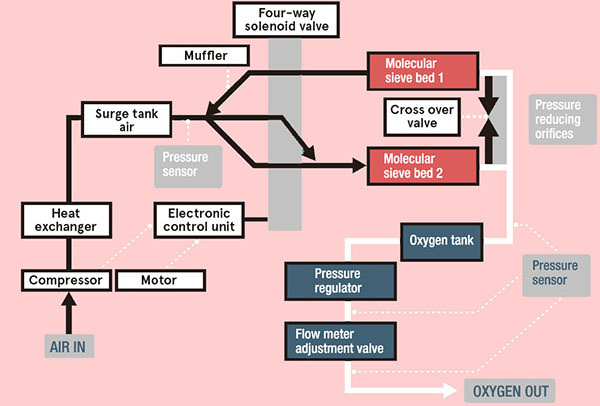
Providing hyperbaric therapy.
Raising the atmospheric pressure in a sealed chamber consisting of a patient is called hyperbaric treatment and can possibly be reliable for a variety of conditions. It’s utilized to deal with decompression sickness experienced by divers, and can likewise assist patients with skin grafts or burn injuries. It can likewise work out in dealing with carbon monoxide gas poisoning and even some necrotizing infections.
Medical pressure sensor can keep track of pressure and record it inside the chamber and decide the pressure volume used in treatment process. This will generally take the kind of an absolute pressure sensor efficient in measuring pressures approximately around 100 kPa.
Even this most commercial of treatments is making inroads into patient’s residences, as ‘soft’ chambers turn into significantly offered – although the pressures these soft chambers can attain are lower than the professional-grade ‘difficult’ chambers.
Typically, gauge medical pressure sensor can measure pressure around 0.3bar to 0.5bar in a soft chamber, while a tough chamber would use gauge pressure sensors able to measure as much as 6 bar.
Offering positive pressure masks to treat sleep apnoea.
Sleep apnoea is a condition that triggers the patient to stop breathing while asleep. Left unattended it can result in a variety of major conditions, from chronic tiredness to possible cardiac arrest.
The treatment includes employing an equipment called a constant positive air pressure device, or CPAP, which provides air at a positive pressure to a mask used over the nose and mouth of the client. An air flow pressure sensor is employed to keep an eye on the atmospheric pressure, discovering when the patient is taking in and right away switching on a fan to produce positive pressure to open the respiratory tracts. As the patient breathes out the fan is shut off, permitting the patient to breathe out without requiring them to eliminate in opposition to the positive pressure.
Sleep apnea makers will likely utilize a differential pressure sensor able to measure pressures approximately 4 kPa.
Automating Drug Infusion
These fluids can be administered either intravenously, subcutaneously orstraight into a vein, and aregenerally provided utilizing infusion pumps. In order to make sure the right volume of fluid is administered at the proper rate, the pumps utilize a number of sensors consisting of gauge and differential pressure sensors, to carefully manage the circulation and keep track of liquid.
When it comes to drug delivery process, differential pressure sensors are chosen to measure the liquid pressure that transfuse into client. (see diagram listed below)
This makes sure the ideal volume of drugs is provided at the correct time throughout the day and night, without the requirement for consistent medical attention. Many kinds of medical pressure sensors can be calibrated to measure pressure range of 0.5 to 10.0 micro litres/min.
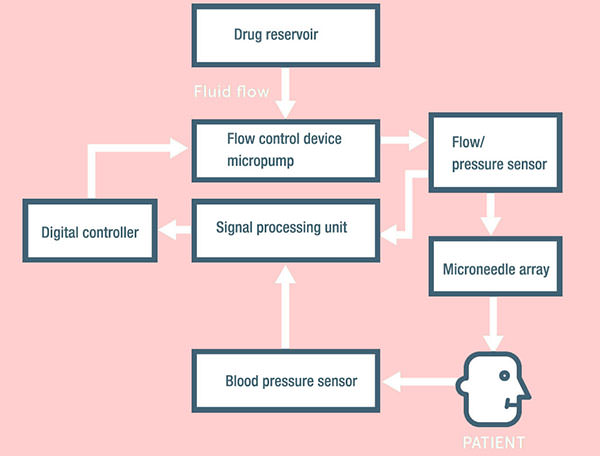
Measure In-Ex vivo blood pressure.
In vivo high blood pressure sensing includes implanting a sensor into the body. It can now be attained making use of small absolute pressure sensors created for this function. From outside of sufferer’s body, medical pressure sensor can be sensing and measure high blood pressure in and between systolic and diastolic, that is so called ex vivo high blood pressure measurement.
Either in and ex vivo high pressure used sensing element need to be fabricated and calibrated to measure pressure, such as 300mm Hg maximal, nevertheless in vivo applications tend to choose absolute pressure sensors, while ex vivo favour gauge pressure sensors.
Another kind of gauge pressure sensors which fabricated based on MEMS technology, can measure the intraocular pressure of a sufferer’s eyes, that is particularly essential after an operation to replace the cataract.
Manufacturers are now producing an ever-widening series of pressure sensors for medical applications, consisting of disposable pressure sensors based upon MEMS techniques that can be applied inside the body or in-line with fluids going into the body. These are produced in tidy spaces and according to industry-accepted standards consisting of those created by the Association for the Advancement of Medical Instrumentation (AAMI).
Medical pressure sensor has been account for critical and essential parts of healthcare supplying chain, on the other hand, precise measurement of pressure level in gas and liquid within the sufferer’s body has ever-increasingly been requested by more and more people.
Future advancements will make it possible for more advanced, and ever smaller sized medical pressure sensor and other medical devices as being established, along with reducing the rate point for home-use equipments. One substantial outcome will be a raised lifestyle for an aging population.

